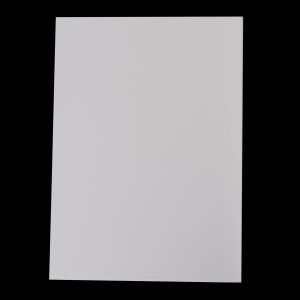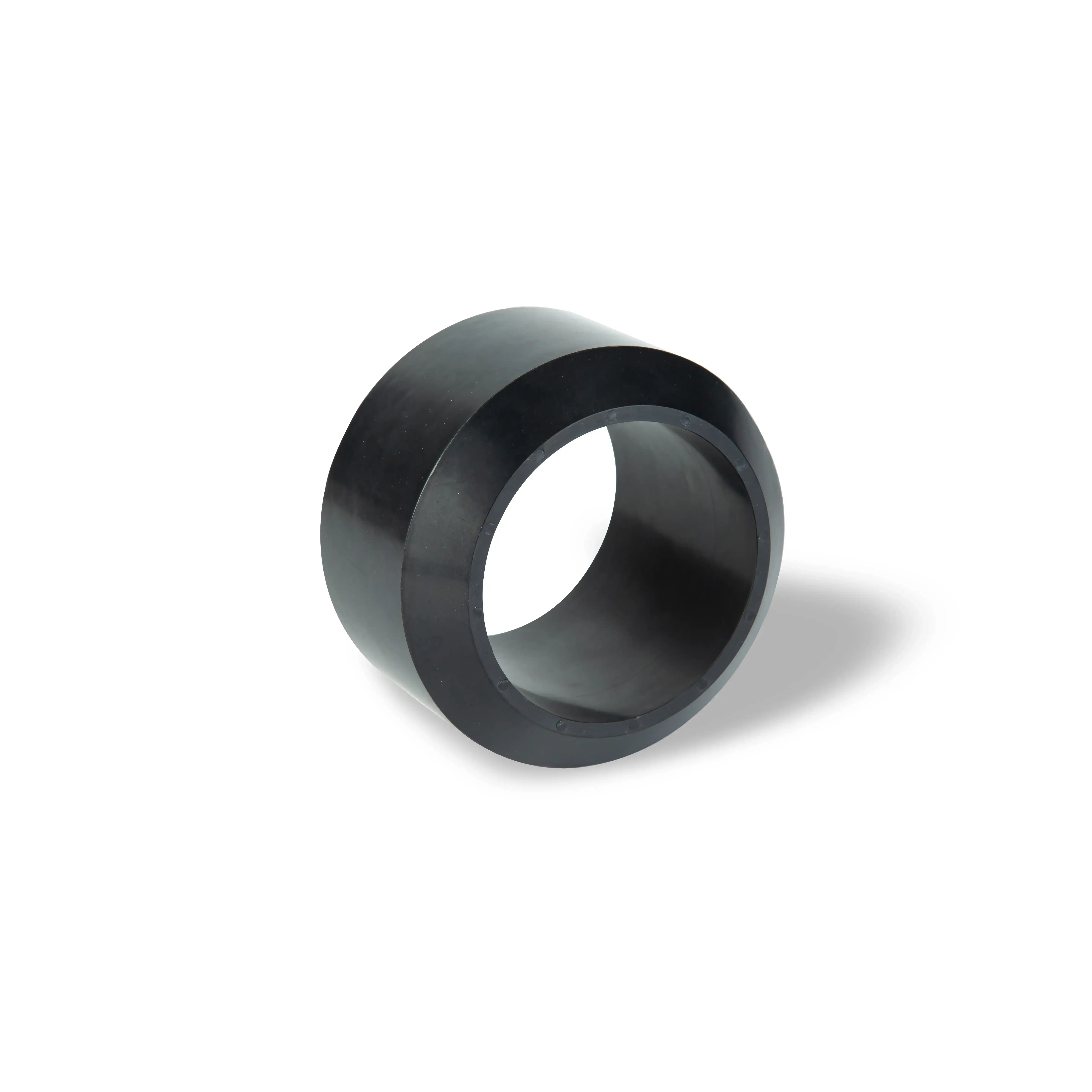
In the world of paper production and printing, the term GSM is frequently used, but what does it mean, and how does it relate to the quality of paper? GSM stands for 'Grams per Square Meter,' a measurement unit used to quantify the weight of paper. It is a critical factor in determining the quality, thickness, and feel of the paper. But the question remains, how many GSM is good quality paper? The answer is not as straightforward as it might seem, as it depends on the intended use of the paper.
For everyday printing needs, such as office documents or school assignments, paper with a GSM between 80 and 100 is usually sufficient. This range provides a good balance between durability, print quality, and cost-effectiveness. It is lightweight, easy to handle, and suitable for most inkjet and laser printers.
However, if you're printing high-quality photographs or design portfolios, you might want to opt for a higher GSM. Paper ranging from 130 to 170 GSM is typically used for such purposes. This weight range provides a sturdier feel and a more professional appearance, enhancing the overall quality of the printed images.
For business cards, postcards, or invitation cards, even higher GSM is recommended. A GSM of 200 to 350 gives the paper a firm, rigid feel, making it less likely to bend or tear, thus ensuring longevity.
In the realm of fine art, artists often prefer paper with a GSM of 300 or more. This heavyweight paper can withstand the application of heavy paints and multiple layers without warping or bleeding through.
It's important to note that while GSM is a crucial factor in determining paper quality, it's not the only one. Other factors such as opacity, brightness, and finish also play significant roles. Opacity refers to the transparency of the paper. Higher opacity means less light passes through, reducing the likelihood of print showing through on the other side. Brightness affects the paper's whiteness, influencing the contrast and vibrancy of printed colors. The finish, whether matte or glossy, can also impact the appearance of the printed material.
In conclusion, the 'good quality' GSM for paper varies depending on its intended use. For general printing, 80-100 GSM is adequate, while professional prints and artworks require higher GSM. However, remember to consider other factors like opacity, brightness, and finish to ensure you choose the right paper for your needs.


